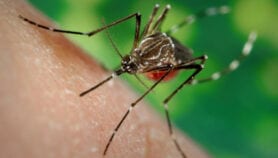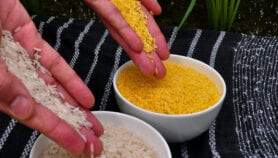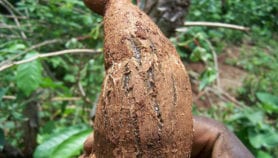By: Jia Hepeng
Send to a friend
The details you provide on this page will not be used to send unsolicited email, and will not be sold to a 3rd party. See privacy policy.
[BEIJING] Chinese scientists have genetically modified rice to grow well in soil that has low levels of the mineral phosphate.
According to lead researcher Wu Ping of Zhejiang University this could reduce farmers’ reliance on costly and environmentally-damaging phosphate fertilisers.
The researchers published their findings in the July issue of Plant Physiology.
They found that a gene called osptf1 became active when rice was grown in low levels of phosphate.
They then copied the gene and inserted it into a different variety of rice to create genetically-modified (GM) plants that could tolerate low phosphate levels.
When grown in such conditions, the GM rice plants produced longer roots and took up 30 per cent more phosphate than non-GM rice plants in the same environment.
One of the researchers, Guo Longbiao of the China National Rice Research Institute told SciDev.Net that because osptf1 was derived from rice rather than a different plant species, new rice varieties containing the gene could be developed by combining traditional breeding with molecular techniques.
Although this method would take several years longer than using genetic modification on its own, said Guo, it could be used in areas where the sale of GM rice has not been authorised.
Guo added that new rice varieties with the osptf1 gene would be important in many developing countries. When phosphate fertilisers are used in such countries, yields increase but at a high cost to farmers and to the environment, he said.
Phosphate fertilisers, which often contain the toxins fluoride and arsenic, are among the most environmentally damaging of all fertilisers. Their manufacture can cause atmospheric pollution, and the fertilisers themselves can pollute soil and rivers.Link to abstract of paper in Plant Physiology
Reference: Plant Physiology doi:10.1104/pp.105.063115













